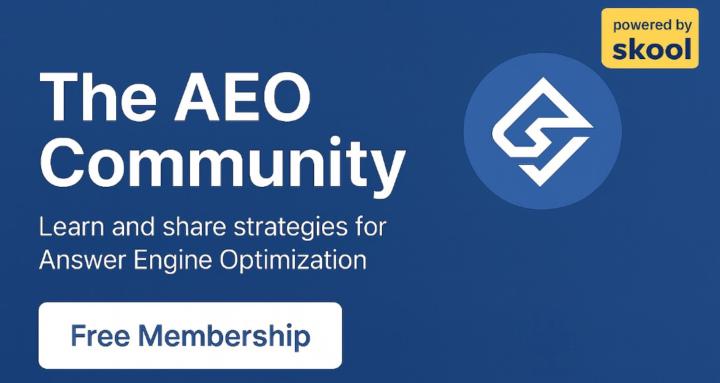Aug 7 • General discussion
How Perplexity is redefining brand-building in the AI era
🧠 Intro
Most AI products today are loud.Buzzwords. Banners. Speed. Power. Noise.
But Perplexity is doing something completely different — and it’s working.
With a $14B valuation and over 780 million queries per month, they’re quietly building a brand around one key thing:
Trust.
Let’s break down their strategy and what we can learn from it as marketers building in the AI space.
🔍 1. They sell trust, not tech
- They don’t promote “how powerful” they are — they show what you can actually do with it.
- Every answer includes citations to real sources.
- It feels like a research tool, not a hype machine.
Takeaway: AI tools that feel credible will win long-term. Focus on usefulness, not just features.
💡 2. Ads are invisible, but effective
- Instead of banners, they place sponsored follow-up questions after answers.
- The AI itself generates these questions — not the advertiser.
- Example: Ask about healthy eating → it might suggest a follow-up about organic groceries (sponsored by Whole Foods).
Takeaway: When ads fit the flow, they don’t feel like ads — and people engage more.
🎯 3. They work with real people, not just creators
- Over 490 influencer ads live on Meta
- Collaborations with people who use it for real things: school, research, work
- They use Captiv8’s AI tool (Sonar) to find the right voices
Takeaway: Authenticity matters. The right messenger is more powerful than a flashy campaign.
🏟️ 4. Their Super Bowl campaign was a tweet
- Instead of buying a TV slot, they ran a real-time contest on X (Twitter)
- The result? +45,000 new users in 24 hours
- It was simple, relevant, and tapped into the moment
Takeaway: Smart timing can outperform big budgets.
🤝 5. They’re partnering with media, not fighting them
- Launched a revenue-sharing program for publishers
- If Perplexity uses your content in an answer, you get paid
- It helps them stay on good terms with the media world and avoids legal drama
Takeaway: Work with publishers, not against them. Long-term trust > short-term traffic.
🔚 Final Thought
Perplexity didn’t go louder. They went smarter.They chose relevance, context, and trust — and it’s paying off.
If you’re building something in AI marketing, this is a playbook worth studying.
0
0 comments

skool.com/the-aeo-community-7897
Learn how to master AEO, get clients, run audits, build prompts & schema — and sell AI visibility as a premium service. No fluff, all execution.
Powered by
